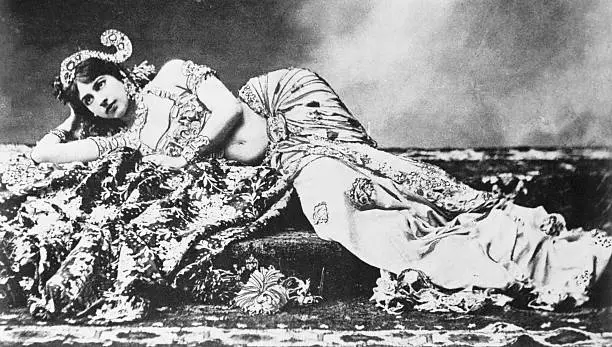The Hidden Lives of Anne Frank’s Companions
A young girl, Anne Frank, wise and compassionate, along with her family, goes into hiding in Amsterdam during World War II to evade the Nazis occupying their country. Despite their efforts, they are eventually betrayed and sent to concentration camps. The Frank family, like many Jewish families in Nazi-occupied Europe, were forced to go into hiding in order to survive. They found refuge in a secret annex behind Anne’s father’s office building. For two years, they lived in cramped quarters, always fearing discovery.
Tragically, most of those in hiding with her are murdered by the Nazis and their allies, including Anne Frank, who dies at the young age of 15 in Bergen-Belsen. Anne’s diary, which she had kept during her time in hiding, provides a powerful and emotional account of her experience. Her words give us a glimpse into the daily struggles and fears of those living in hiding, as well as her thoughts and feelings as a young girl coming of age under such unimaginable circumstances.
The Impact of Anne’s Diary Worldwide
The powerful and emotional elements of Anne’s story, as written in her diary, have become a shared memory across cultures worldwide. The diary has been translated into more than 60 languages and has been read by millions of people around the world. It remains a powerful reminder of the atrocities of the Holocaust and serves as a call to action to fight against hate and discrimination.
Here, LIFE commemorates Anne’s unconquerable spirit and bears witness to the suffering unleashed by the Third Reich through a story that began with one seemingly incongruous photograph: a picture of children playing in a sandbox in Amsterdam in 1937.
LIFE magazine set the scene, and explained the significance of the sandbox photograph, in its October 12, 1959, issue:
The snapshot . . . adds a fascinating footnote to the Anne Frank legend. LIFE photographer Paul Schutzer found it when he was thumbing through a family album in the home of Maryland friends. “One familiar face caught my eye,” he recalls, “and I realized it was Anne Frank.”
His hostess, Mrs. Barbara Rodbell, who is in the snapshot, told him it had been taken by her mother in Amsterdam in 1937. She had heard from most of the other girls since the war and, with her help, Schutzer set out to track them down. One had died, like Anne, in a concentration camp—Barbara’s own sister, Susanne. On a 21,000-mile journey, Schutzer found the three others and recorded their lives 22 years after the snapshot.
Each of the women is now happily married and raising children. Meanwhile their childhood friend’s fame continues to grow. Her “Diary” has now sold 3.5 million copies. . .. [Note: Today that number has grown to more than 30 million copies. Ed.] Mrs. Rodbell, living now in contented obscurity, feels that, for most of the girls in the snapshot at least, a remark from one of Anne’s last entries has come true: “I think that it will all come out all right, this cruelty too will end, and that peace and tranquility will return again.”
Here we offer these photographs—many of which never ran in LIFE magazine—made by Paul Schutzer during his deeply personal trek into the past.

Paul Schutzer/Life Pictures/Shutterstock

Anne Frank Fonds/Anne Frank House via Shutterstock

Paul Schutzer/Life Pictures/Shutterstock

Paul Schutzer/Life Pictures/Shutterstock

Paul Schutzer/Life Pictures/Shutterstock

Paul Schutzer/Life Pictures/Shutterstock

Paul Schutzer/Life Pictures/Shutterstock

Paul Schutzer/Life Pictures/Shutterstock

Paul Schutzer/Life Pictures/Shutterstock

Paul Schutzer/Life Pictures/Shutterstock

Paul Schutzer/Life Pictures/Shutterstock

Paul Schutzer/Life Pictures/Shutterstock

Paul Schutzer/Life Pictures/Shutterstock

Paul Schutzer/Life Pictures/Shutterstock

Paul Schutzer/Life Pictures/Shutterstock

Paul Schutzer/Life Pictures/Shutterstock

Paul Schutzer/Life Pictures/Shutterstock

Paul Schutzer/Life Pictures/Shutterstock

